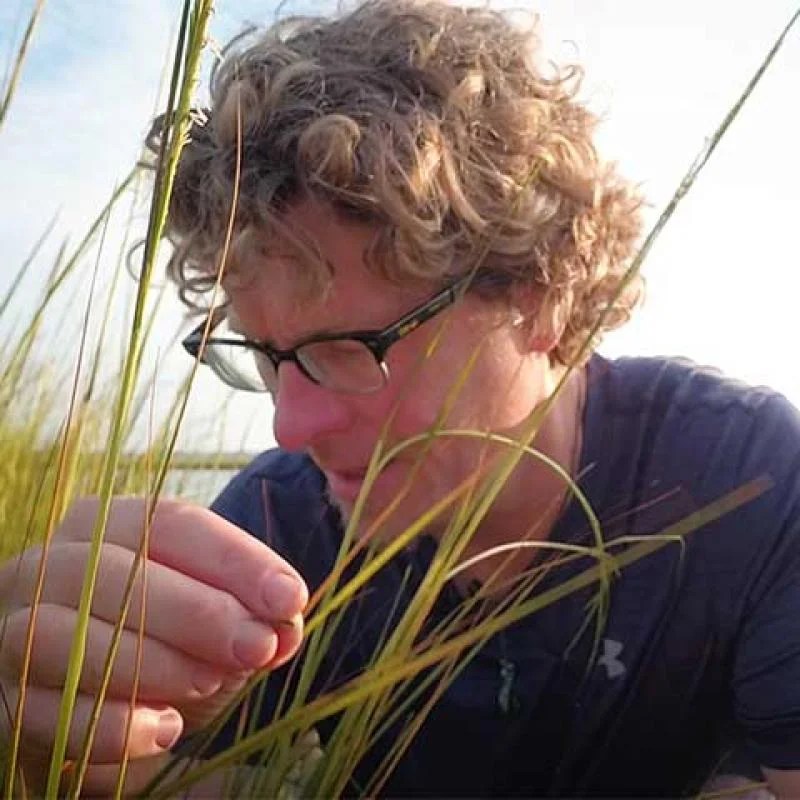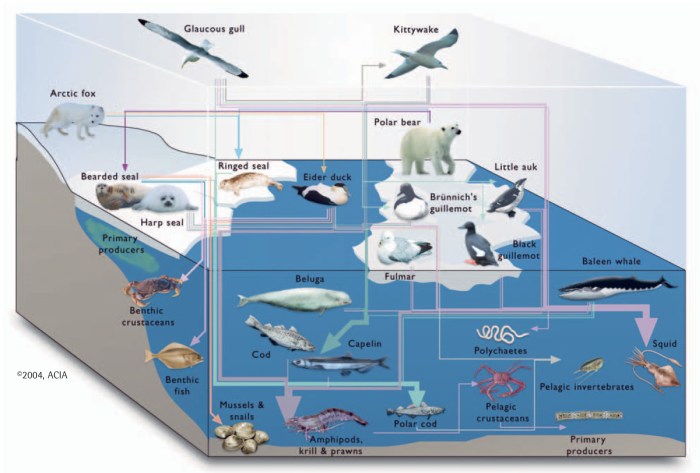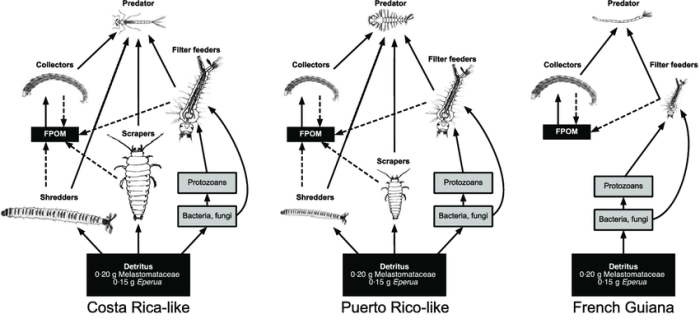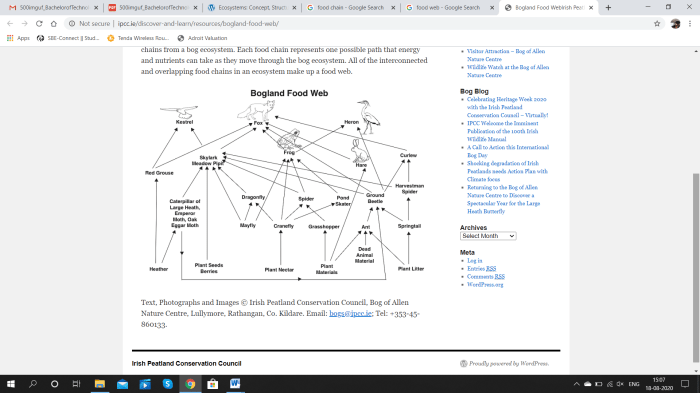Modeling food webs in darién panama answers – In the heart of Darién, Panama, a region renowned for its exceptional biodiversity, scientists embark on a captivating journey to unravel the intricacies of its food webs. This exploration, aptly titled “Modeling Food Webs in Darién, Panama,” delves into the complexities of ecological interactions, shedding light on the delicate balance that sustains this vibrant ecosystem.
Through meticulous data collection, innovative modeling techniques, and insightful analysis, researchers uncover the hidden patterns and dynamics that govern the flow of energy and nutrients within Darién’s food webs. Their findings provide invaluable insights into the ecological processes that shape this unique and fragile ecosystem, offering crucial guidance for conservation efforts and sustainable management practices.
Introduction

Food webs are complex networks of interconnected species that exchange energy and nutrients through predator-prey relationships. They play a crucial role in maintaining the structure and function of ecosystems by regulating population dynamics, nutrient cycling, and energy flow.
The Darién region of Panama is a biodiversity hotspot that supports a diverse array of species, including many that are endemic to the area. Understanding the food webs in this region is essential for conserving its unique biodiversity and managing its ecosystems.
Data Collection and Preparation
Data on food webs in Darién were collected using a combination of field observations, interviews with local experts, and literature reviews. Field observations involved direct observation of predator-prey interactions and the collection of stomach contents from predators. Interviews with local experts provided insights into the feeding habits of species that are difficult to observe directly.
Literature reviews helped to supplement the data collected from field observations and interviews.
The preparation of the data involved cleaning and organizing the data, removing duplicate records, and standardizing the species names. The data were then used to construct food web models.
Food Web Modeling Techniques: Modeling Food Webs In Darién Panama Answers

Various modeling techniques were used to analyze the food webs in Darién. These techniques included:
- Network analysis:This technique was used to analyze the structure of the food webs, including the number of species, the number of links between species, and the connectance of the webs.
- Trophic analysis:This technique was used to analyze the trophic levels of species in the food webs, including the proportion of their diet that comes from different trophic levels.
- Dynamic modeling:This technique was used to simulate the dynamics of the food webs, including the changes in species abundance and the flow of energy through the webs.
A variety of software and tools were used to perform the food web modeling, including:
- NetworkX:This is a Python package for the creation, manipulation, and study of the structure, dynamics, and functions of complex networks.
- FoodWebR:This is an R package for the analysis of food webs.
- Ecopath with Ecosim:This is a software package for the analysis of ecosystem models, including food webs.
Results and Discussion
The results of the food web modeling analysis revealed several patterns and insights into the food webs in Darién.
- The food webs were highly connected, with a large number of species and links between species.This suggests that the food webs are resilient to disturbances and that species have multiple food sources.
- The food webs were dominated by a few key species, which played a central role in the flow of energy through the webs.These key species included top predators, such as jaguars and harpy eagles, and keystone species, such as frugivorous birds and bats.
- The food webs were dynamic, with the abundance of species and the flow of energy through the webs varying over time.This suggests that the food webs are influenced by a variety of factors, including climate, habitat change, and human activities.
Conservation Implications

The results of the food web analysis have several implications for conservation efforts in Darién.
- The conservation of key species is essential for maintaining the structure and function of the food webs.This includes top predators, keystone species, and species that play a critical role in the flow of energy through the webs.
- Human activities, such as deforestation and hunting, can have a negative impact on the food webs in Darién.These activities can reduce the abundance of key species and disrupt the flow of energy through the webs.
- Conservation strategies should focus on protecting key species and their habitats, and on minimizing the impacts of human activities on the food webs.
Future Research Directions

Several gaps in knowledge and areas for future research have been identified.
- There is a need for more detailed information on the feeding habits of species in Darién.This information would help to improve the accuracy of food web models and to identify key species.
- There is a need for long-term monitoring of the food webs in Darién.This monitoring would help to track changes in the food webs over time and to identify the impacts of human activities.
- There is a need for research on the role of food webs in ecosystem services.This research would help to identify the benefits that food webs provide to humans and to develop strategies for managing the food webs to maximize these benefits.
Q&A
What is the significance of food webs in ecosystems?
Food webs play a pivotal role in ecosystems by illustrating the interconnectedness of species and the flow of energy and nutrients. They reveal the complex relationships between predators and prey, as well as the interdependence of different trophic levels.
How were data on Darién’s food webs collected?
Data collection involved a combination of field observations, stomach content analysis, and stable isotope techniques. Researchers meticulously documented feeding interactions and analyzed the isotopic signatures of organisms to infer trophic relationships.
What modeling techniques were employed to analyze the food webs?
A suite of modeling techniques was utilized, including network analysis, statistical modeling, and simulation approaches. These techniques allowed researchers to identify key species, quantify trophic interactions, and explore the stability and resilience of the food webs.